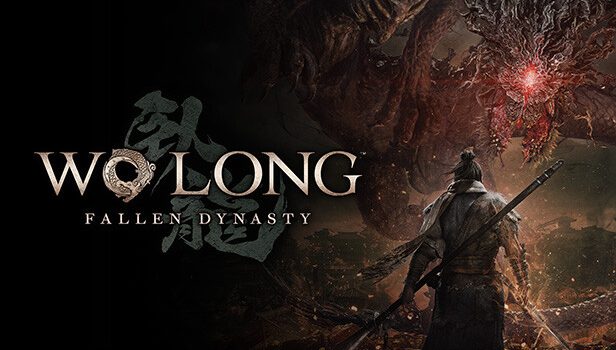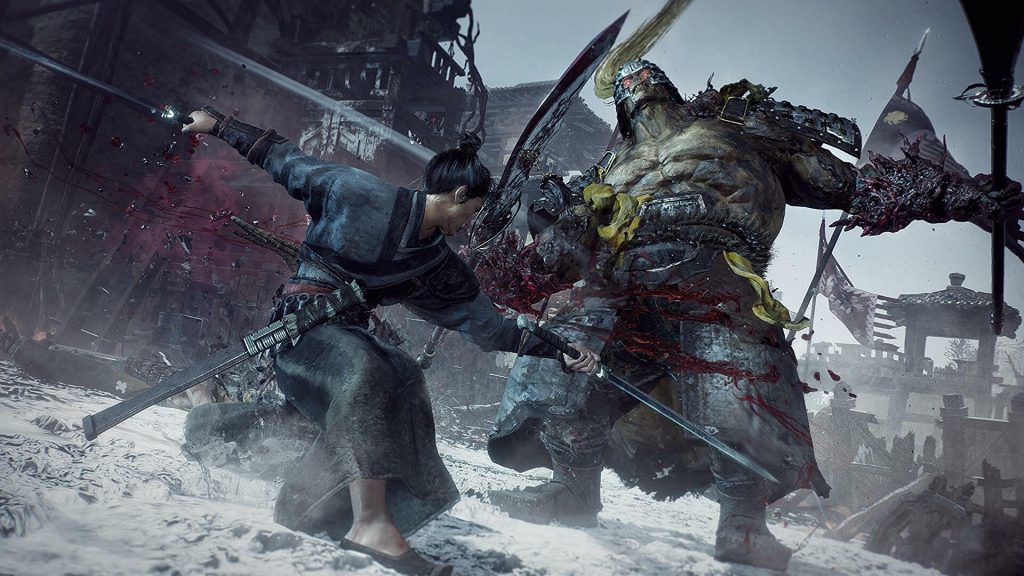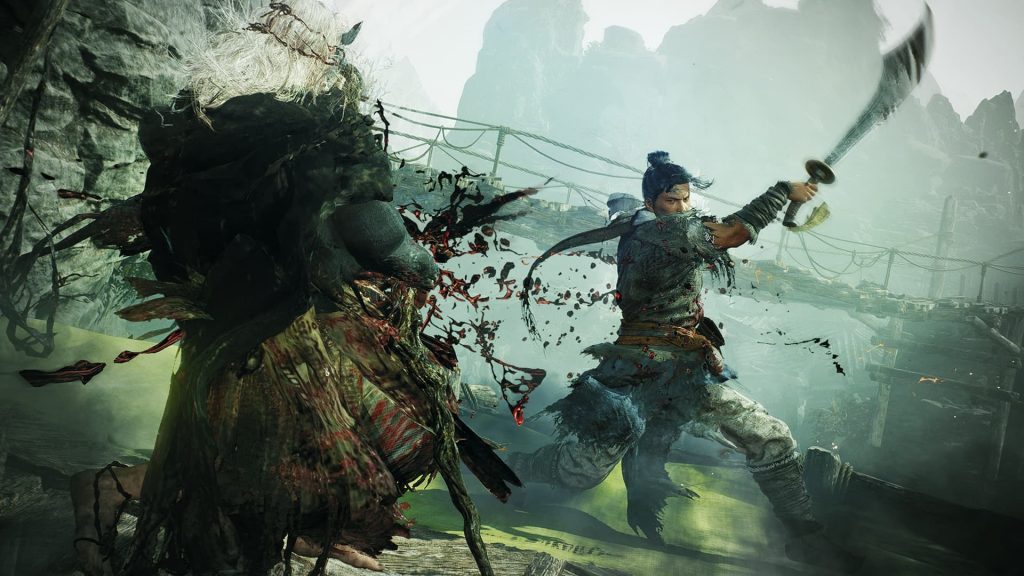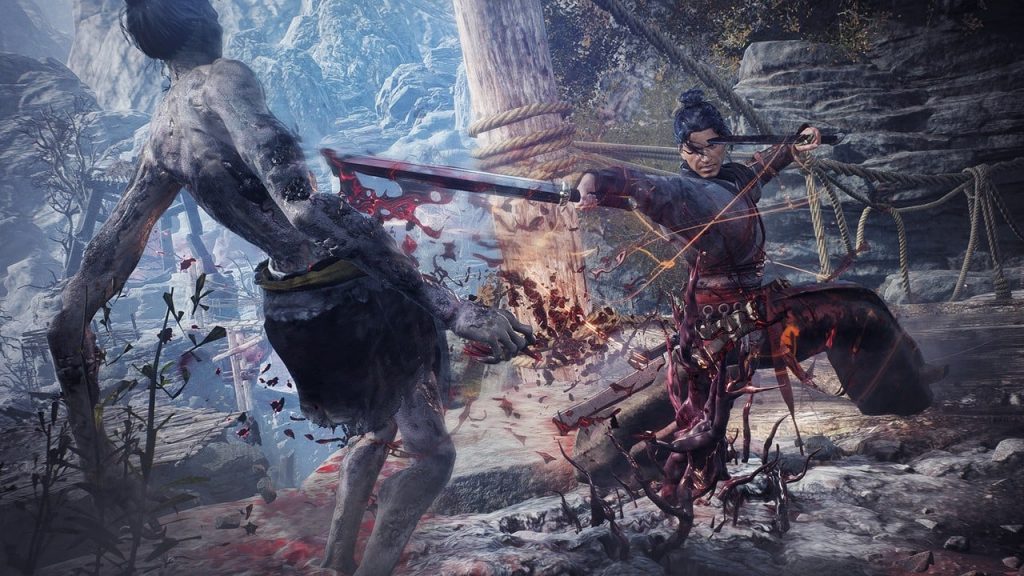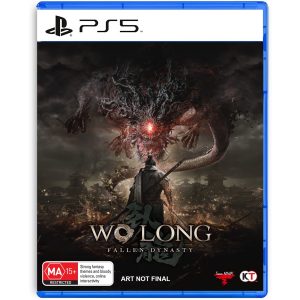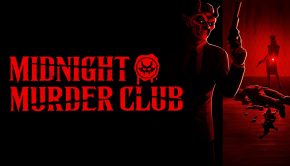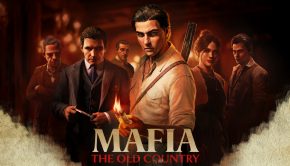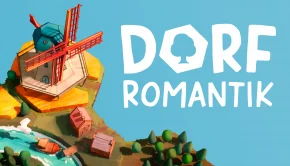Wo Long: Fallen Dynasty PS5 Review
Summary: The game is tightly designed and the boss battles and combat are up there with Team Ninja's very best; what relatively few minor gripes I have with the game are somewhat alleviated by the precison with which the game has been designed and the developer's willingness to experiment with the formula and create their own unique spin on the soulslike genre.
4.2
Long Division
I think it’s safe to say that if you are a fan of Soulslike games or Team Ninja’s own Nioh series then chances are that their latest effort, Wo Long: Fallen Dynasty, will be right up your alley.
Wo Long feels like a merging between the fast paced and in-depth combat mechanics of Nioh with a dash of Dynasty Warriors and a healthy serving of Sekiro on the side; the latter game’s influence is perhaps most on display here, with the combat itself leaning more into a system similar to Sekiro’s deflect and Parry system.
And therein lies the rub – If you’re coming fresh off of Elden Ring and the Nioh games, then you may think that you have an immediate lock on everything Wo Long will have to offer, however, much like Sekiro, the game almost immediately punishes you if you try to brute-force your way through rather than take the time to learn and master the deflect system.
If you’re willing to stick with it and adjust your playstyle Wo Long will provide a challenging yet enjoyable experience, but the daunting difficulty may deter some players before they reach that point.
The narrative is quite similar to Team Ninja’s other games, marrying elements of Yokai lore into the retelling of famous moments from actual history or cultural tales.
In this case, Wo Long draws influence from “The Romance of the Three Kingdoms” and sees players take control of an unnamed soldier as he seeks to topple both rival clans and demonic entities; honestly, the story in these games often feel like white noise to me and serves little more purpose than to link each extravagant boss fight together, but your mileage may vary.
One area where I much prefer the design philosophy of Fromsoft is in regards to the level design; although each environment in both Nioh and Wo Long are well-designed and feature a bevy of hidden areas and shortcuts, the decision to place each area as their own individual level ruins any sense of interconnectedness between the environments and it feels kind of impersonal just selecting the next stage from a map rather than stumbling upon it organically.
You’ll explore each stage, slaying enemies and placing down battle flags that act like bonfires as well as smaller flags that will raise your morale and fortitude ranks as well as restoring your healing flasks.
What are fortitude and morale ranks, you ask? On each battlefield, every enemy you’ll encounter will have a numerical value above their head; the higher the number, the more difficult the encounter will be. By raising your own values, you’ll become stronger and gain increased advantages in combat, although your morale value can drop with each defeat or failed deflection, so you’ve got to focus on performing your best if you want to maintain the buff.
The upgrade system is a lot more complex than your average souls games but it’ll become second nature after a while, although admittedly all of the nuances can take quite a while to get to grips with.
Each attribute is governed by the five elements of Wood, Earth, Metal, Water and Fire, which also determines the kind of magic you can use.
You can select different upgrade paths and unlock specific abilities, most of which will be tied to your spirit (Stamina) bar rather than a separate MP gauge, which forces players to be more conservative when deciding whether to save spirit for dodging the next attack or launching a magical assault.
Instead of having combat stances you can switch between as in Nioh, combat in Wo Long is more centred around upgrading abilities and switching between weaponry.
As mentioned earlier, there is a deflect and parry system at play here that forms the crux of the combat; by tapping circle you can parry attacks and deflect charged attacks indicated by a red flash, which, if performed successfully, will stagger the enemy and allow for a critical attack.
It can be a bit difficult at first, as tapping deflect twice causes the player to dodge instead, which can get a bit annoying in heated moments when you’re resorting to button spamming.
The deflect window is also a bit difficult to read at first, as the flash indicates that an attack is coming but you then have to sit through the wind-up and wait until the attack nearly hits you to deflect, something I personally found tough to master at first but, again, your mileage may vary.
Graphics and Audio
Wo Long isn’t the world’s prettiest game but more than makes up for any graphical shortcomings with its inventive character end environmental design. Players have the option to choose between a more stable performance mode or can sacrifice fps for more flashier visuals, but any action-rpg fan worth their salt knows that the fps plays the most important role, so most players will likely be playing of the reduced fidelity setting.
The audio is serviceable enough, although the English dub is pretty horrendous in terms of vocal performance. The soundtrack feels suitably epic when necessary but isn’t nearly as memorable as Fromsoft’s efforts, with few particularly standout tracks on offer.
Final Thoughts?
Wo Long: Fallen Dynasty is fast, frenetic and frustrating and makes no pretences about the kind of game that it is.
The game is tightly designed and the boss battles and combat are up there with Team Ninja’s very best; what relatively few minor gripes I have with the game are somewhat alleviated by the precison with which the game has been designed and the developer’s willingness to experiment with the formula and create their own unique spin on the soulslike genre.
Team Ninja have allowed for NPC companions and summoning in order to alleviate the barrier to entry somewhat but I’d have still to say that Wo Long may have been the roughest Soulslike to get to grips with yet; literally the first majorencounter was genuinely one of the most frustrating introductory bosses I’ve ever encountered, a skill-check on the level of Genichiro in Sekiro.
I could have done without randomised gear and Team Ninja’s constant fascination with forcing us to micro-manage a thousand different elements for seemingly little reward, but, overall, Wo Long is another successful iteration upon the Action-RPG genre, taking elements from other titles and repurposing them in a way that feels relatively fresh and engaging.
Game Details
Primary Format – PlayStation 5 (Reviewed), PlayStation 4, Xbox Series X/S, Xbox One, PC
Game Genre – Action RPG
Rating – MA15+
Game Developer – Team Ninja
Game Publisher – Koei Tecmo
Reviewer – Sean Warhurst


